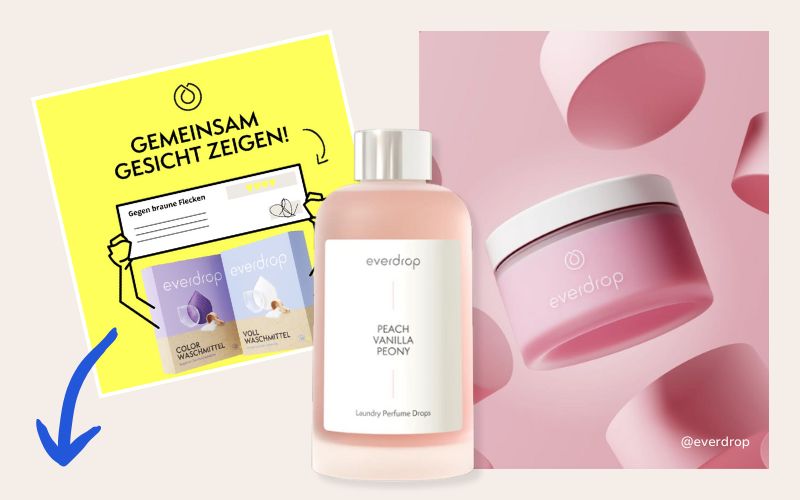5 ways branding stays in your head (and doesn't just appear in the feed)
Hey Brand fan,
We often talk about beautiful design.
But the truth is: Good brands don't just work because they look good.
But because they know exactly how our brain works.
Here are 5 psychological principles that strong brands use - and you should too.
Short, concrete and with examples that you can adapt immediately:

1st stimulus-response: Show what you trigger.
Our brains love clear cause-and-effect.
Brands that don't just say what they do - but what they trigger in you - sell better.
Example: Bruno Banani was never just a fragrance. It was: "Not for everyone." Sounds like rebellion. Feels like a decision.
How you recognize it:
When your branding immediately triggers a feeling without you having to explain much.
Not: "Our toothpaste has fluoride."
But rather: "Smile with pleasure for the first time again."
2. easy processing = more confidence
If your brain processes something quickly, it automatically classifies it as more credible.
This is called "cognitive fluency".
Example: Oatsome.
The name says it all: something with oats.
The packaging is colorful - but pure. The front of the product shows what's inside without you having to think.
The design is modern but approachable - no organic overload, no foodie snob.
What you should check:
How many colors do you use? How many fonts?
Does your homepage make it clear what you do - and why people should stay?
If someone only has 2 seconds: Does anything stick?

3. storytelling = dopamine
Good stories activate your reward system.
That's why we prefer to read packaging texts with personality rather than generic bullet points.
Example: Everdrop not only plays on sustainability - but also on lifestyle, simplification and smart decisions.
And communicates this on every surface - from Insta to packaging to returns.
What you can draw from it:
Show more than just product features.
Show the world around it. The feeling. The change. The moment afterwards.
4. priming: your look determines how you are categorized
If your product looks like a premium product, people automatically think: high quality.
If it looks like a discount store, people immediately make comparisons.
Example: Dr. Bronner's soap looks wild at first glance.
But it is precisely this chaos that screams: "There's something in here."
And we look twice.
Question for you:
What is the first word someone thinks when they see your product?
Elegant? Creative? Basic?
5. recognition = trust
People prefer to buy what they recognize.
Familiarity feels safe - even if it happens unconsciously. (Which, by the way, is also why branding is so important).
Example:
Heimat (Gin & more) is always the same: the same tonality, style and product presentation.
It could be boring - but it's not.
What you can do directly:
Go through your last 5 postings, mailings, product pages.
Does it look like a well thought-out line? Or more like a mood board experiment?

🧠 What you can take with you
✨ Branding is more than design - it's psychology.
✨ The strongest brands work subconsciously.
✨ And you don't have to be a brain scientist - just understand what sticks.
🏁 Conclusion
The best brands leave nothing to chance.
They know exactly what you think, feel - and decide.
If you want your brand not just to be seen, but to be felt - then incorporate more of it.
Not loud. Not much.
But targeted.
See you next week - stay smart, stay strategic, stay you.
Chantalle





